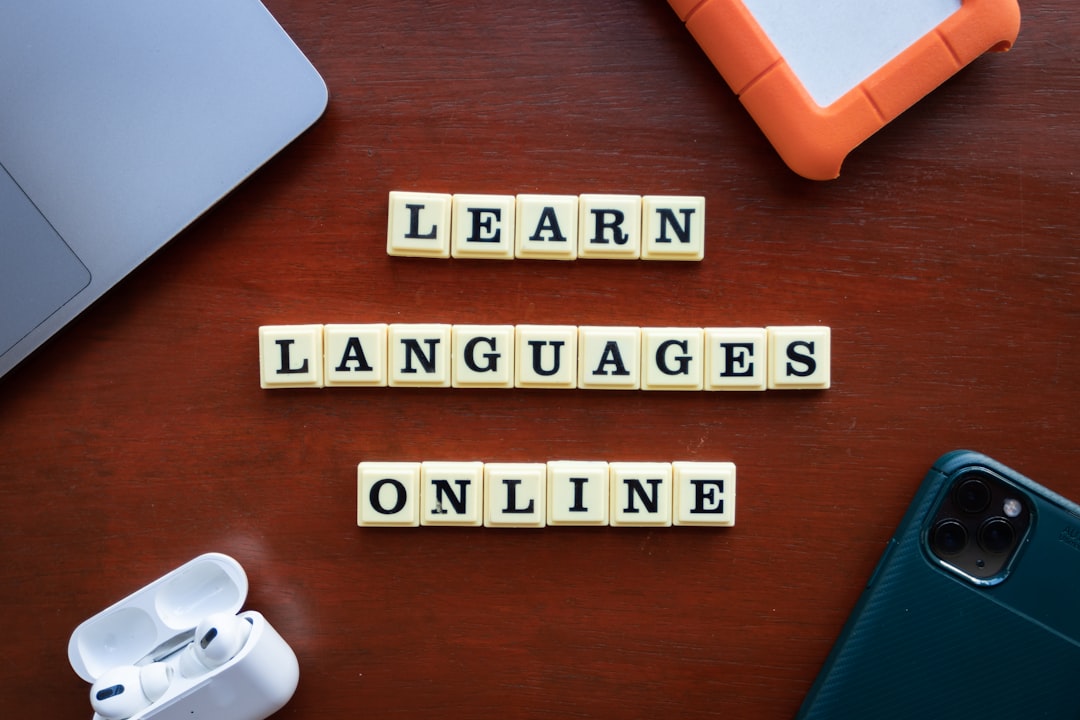
How Email Localization Broke Subject Encoding for Non-ASCII Languages and the Charset Fix That Restored Proper Subjects
In our increasingly globalized digital world, email has become more than just a communication tool—it’s a multilingual bridge connecting millions of people across cultures and borders. But as more companies localize their communications for non-English-speaking users, a critical issue emerged: email clients began misrendering subject lines written in non-ASCII languages like Chinese, Arabic, and Russian. This not only muddled user experience but also disrupted business communications, prompting a deep look into how email localization interacts with encoding standards.
Contents
TL;DR
Email localization efforts introduced subject lines in languages that include characters outside the ASCII set, often without correctly specifying the character encoding in the email headers. This led to unreadable or garbled subject lines in many email clients. The solution lay in correctly using the charset parameter in MIME headers, particularly the adoption of UTF-8 encoding. Properly encoded and declared, subject lines in any language now render as intended, restoring the integrity of multilingual communications.
Understanding the Problem: When Localization Goes Wrong
International businesses have quickly learned the importance of localizing content to cater to regional markets. Email, one of the fundamental tools in customer communication, became a focal point of this effort. Marketers began translating subject lines into local languages to increase open rates and engagement. However, what seemed like a straightforward linguistic adaptation soon ran into technical hurdles rooted in early internet design.
Email protocols such as SMTP, POP3, and IMAP were originally designed with ASCII in mind—a 7-bit character set that supports English characters but not non-Latin scripts. As languages like Japanese (日本語), Russian (русский), or Arabic (العربية) were introduced into email subject lines without proper encoding declarations, email clients failed to interpret them correctly. The result? Garbled symbols like =?UTF-8?Q?=D0=9F=D1=80=D0=B8?= or unreadable strings that confused users and undermined credibility.
Technical Roots: Encoding and MIME
The backbone of email formatting lies in the Multipurpose Internet Mail Extensions (MIME) standard, which supports the sending of text in character sets other than ASCII, along with attachments of audio, video, and application programs. To accommodate this, MIME headers were designed to allow encoded words using a special format:
=?charset?encoding?encoded-text?=
This format enables email clients to detect and decode the intended character set and encoding method (typically Base64 or Quoted-Printable). However, errors were introduced in two main ways:
- Missing Charset Declarations: Some email generation tools omitted specifying the character set entirely.
- Incorrect Charset Assumptions: Defaulting to ISO-8859-1 or ASCII for non-Latin subject lines led to incorrect decoding.
As localization teams worked in parallel with development teams, these misconfigurations proliferated, especially among automated email systems and legacy CRM integrations.

The Rise of UTF-8: A Universal Solution
To restore functionality and readability, the email industry turned overwhelmingly to UTF-8, a Unicode-based encoding that can represent characters from all writing systems in a backwards-compatible way with ASCII. UTF-8 became the universal standard because it allowed a single encoding to handle subject lines across Korean, Hindi, Hebrew, and many other languages seamlessly.
Correctly implementing UTF-8 in email headers demanded adherence to best practices, including:
- Explicitly setting the header using:
Subject: =?UTF-8?B?...?=orSubject: =?UTF-8?Q?...?= - Specifying UTF-8 in the
Content-Typeheader:
Content-Type: text/plain; charset="UTF-8" - Configuring the sending application or SMTP library to encode subjects and messages using UTF-8 by default.
These changes mean that when an email is viewed in Gmail, Outlook, or mobile apps, the subject line will correctly display “Привет, как дела?” instead of a jumble of question marks and equal signs.
Real-World Impact: Fixing What Was Broken
Businesses that adopted proper UTF-8 encoding noticed immediate improvements in email deliverability, open rates, and user satisfaction. One example came from a global e-commerce brand that localized its email campaigns for the Japanese market. Pre-fix, users received subject lines like:
=?ISO-8859-1?Q?=A1=F1=F2=61=62?=
But after implementing UTF-8 with proper encoding syntax, recipients saw instantly readable subject lines, leading to a double-digit increase in email open rates within weeks.

Likewise, developers began contributing patches to popular mailing libraries and frameworks, ensuring UTF-8 encoding became the out-of-the-box default. Modern frameworks like Python’s smtplib, PHP’s PHPMailer, and Java’s javax.mail libraries now all support proper UTF-8 encoding with minimal configuration.
Best Practices for Email Localization and Encoding
For organizations sending multilingual emails, following encoding best practices is essential. Here are some recommended steps:
- Always use UTF-8 for both headers and message bodies. It simplifies character representation and ensures compatibility.
- Use utilities or libraries that handle encoding correctly. Avoid manually inserting encoded strings unless necessary.
- Test emails across different clients and devices (desktop and mobile). Not all email clients interpret headers the same way.
- Monitor bounce and complaint reports that may hint at encoding issues affecting readability or delivery.
- Combine localization with quality assurance. Always preview translated emails before scheduling large campaigns.
Adhering to these practices future-proofs email communication, especially as new markets and languages are targeted.
Conclusion: Encoding as a Pillar of Global Communication
The initial failure of subject lines during email localization efforts taught the industry a hard lesson: scalable, multilingual communication requires robust technical foundations. Misencoded subject lines sent a poor message—both literally and figuratively. UTF-8 and proper MIME implementation transformed email from a limited ASCII medium into a truly global tool.
Today, non-English emails are not only possible; they’re expected. For businesses, developers, and marketers alike, understanding and implementing proper character encoding is no longer optional—it’s a prerequisite for global relevance.
As the digital world continues to transcend borders, let’s ensure every message arrives clear, correct, and in every language that matters.
